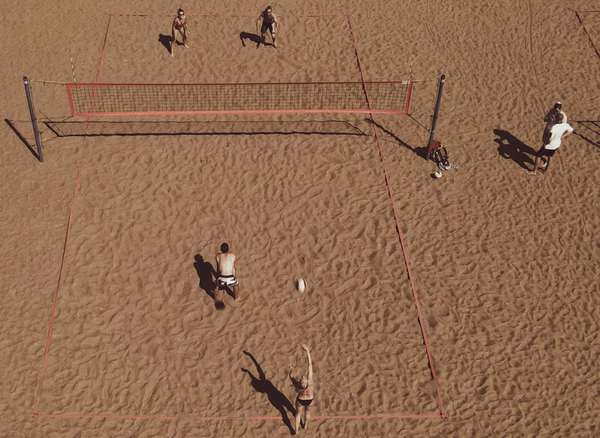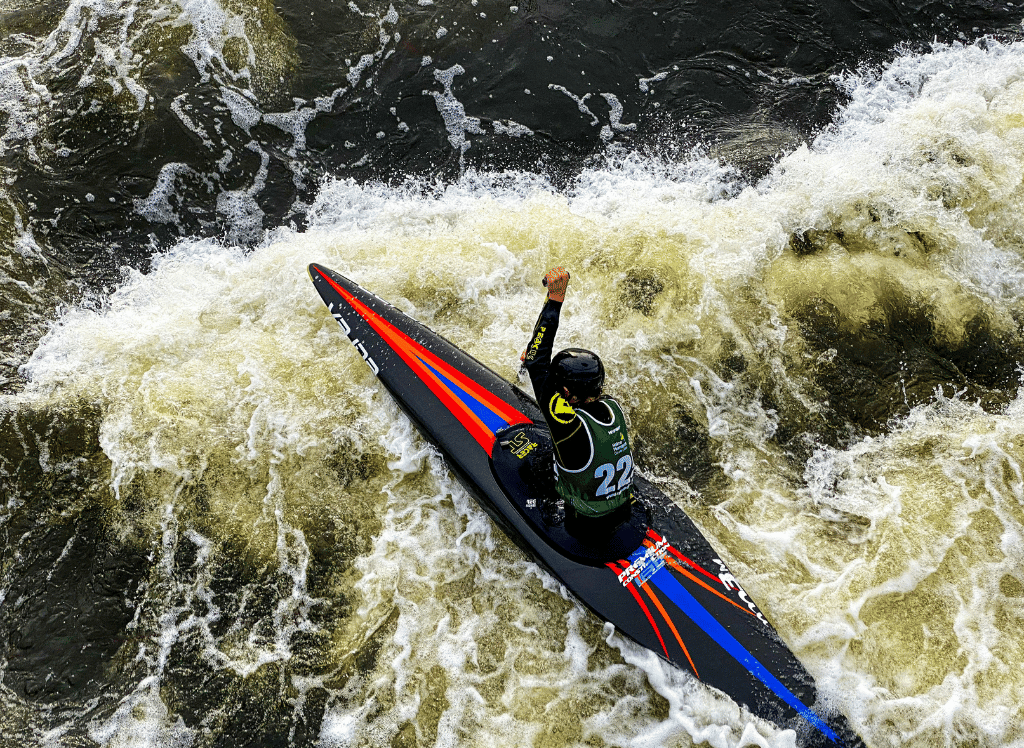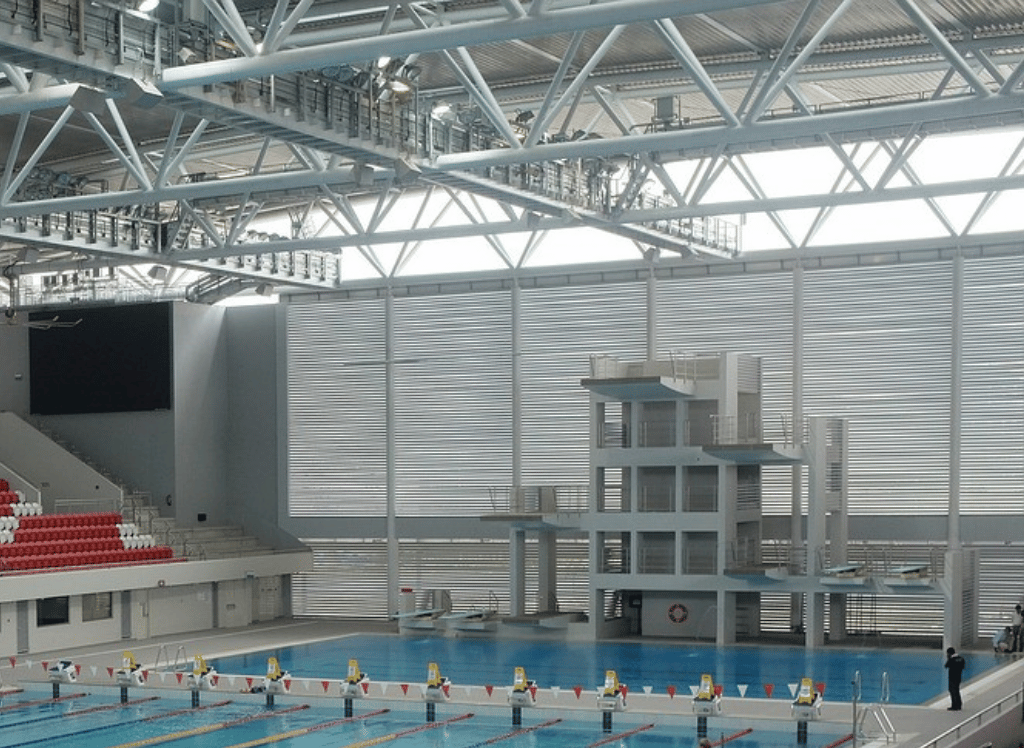Track and field has its origins in ancient Greece. The first ancient Olympic Games, held in 776 BC, featured a variety of athletic events, including running, jumping, and throwing. These games were held in the ancient Olympic stadium and were a significant part of Greek culture, celebrating physical prowess and competitive spirit.
The ancient Olympics included events like the stadion race, a short sprint of about 192 meters, and the pentathlon, which combined running, long jump, discus throw, javelin throw, and wrestling. These early competitions laid the groundwork for the diverse range of track and field events we see today.
The Evolution Through the Ages
Fast forward a few centuries, and track and field began to take on a more structured form. The sport saw a resurgence in the 19th century, particularly in England, where the first collegiate races were held. These early competitions were organized by amateur athletic unions and set the stage for the modern sport.
The first modern Olympic Games, held in Athens in 1896, marked a significant milestone in the history of track and field. These games featured a variety of track events, including the 100 meters, 400 meters, and marathon. The inclusion of these events in the Olympics helped to popularize track and field on a global scale.
The Birth of Governing Bodies
As track and field grew in popularity, the need for standardized rules and regulations became apparent. The International Amateur Athletic Federation (IAAF), now known as World Athletics, was established in 1912 to oversee the sport on a global level. This international governing body set the standards for track and field events, ensuring consistency and fairness in competitions worldwide.
In the United States, the Amateur Athletic Union (AAU) played a similar role, organizing national championships and promoting the sport among amateur athletes. The AAU's efforts helped to foster a strong track and field culture in the U.S., producing many world-class athletes and record-breaking performances.
The Modern Olympics and Beyond
The modern Olympics have been a driving force in the development of track and field. The inclusion of new events, such as the pole vault, triple jump, and high jump, has added to the sport's diversity and excitement. The Olympics also provided a platform for athletes to showcase their talents and set world records.
In addition to the Olympics, other major competitions, such as the World Championships and European Championships, have played a crucial role in the sport's growth. These events bring together the best athletes from around the world, pushing the boundaries of human performance and inspiring future generations.
Indoor and Outdoor Competitions
Track and field is unique in that it encompasses both indoor and outdoor competitions. Indoor track events, held in venues like the White City Stadium, offer a different set of challenges compared to outdoor track events. The shorter track length and tighter turns require athletes to adapt their strategies and techniques.
Outdoor track events, on the other hand, take place in larger stadiums and often feature longer distances. The official marathon distance, for example, was famously set at 26.2 miles during the 1908 London Olympics, when the race started at Windsor Castle and finished at White City Stadium. This blend of indoor and outdoor competitions adds to the sport's versatility and appeal.
The Variety of Events
One of the most fascinating aspects of track and field is the wide range of events it includes. From sprints and middle-distance races to long-distance runs and relays, there is something for everyone. Throwing events, such as the shot put, discus, and javelin, test an athlete's strength and technique, while jumping events, like the long jump and high jump, showcase their agility and precision.
The decathlon and heptathlon are multi-event competitions that challenge athletes to excel in a variety of disciplines. These events highlight the versatility and all-around athleticism required to succeed in track and field.
The Role of Technology
Technology has played a significant role in the evolution of track and field. Advances in equipment, such as lighter and more aerodynamic shoes, have helped athletes achieve faster times and higher jumps. Timing systems and video analysis have also improved the accuracy and fairness of competitions.
In addition, technology has made it easier for fans to follow the sport. Live streaming and social media allow people to watch events from anywhere in the world, while data analytics provide insights into an athlete's performance and training regimen. This technological revolution has brought track and field into the digital age, making it more accessible and engaging for fans.
The Future of Track and Field
As we look to the future, track and field continues to evolve. New events and formats are being introduced to keep the sport fresh and exciting. The World Indoor Championships, for example, feature unique events like the indoor sprints range and middle-distance races range, offering a different experience for both athletes and fans.
Athletics federations around the world are also working to promote the sport at the grassroots level, encouraging young people to get involved and develop their skills. This focus on youth development is essential for ensuring the continued growth and success of track and field.
Track & Field FAQs
When was track and field invented?
Track and field has its roots in ancient Greece, with the first ancient Olympic Games held in 776 BC. The sport evolved over the centuries, with significant developments occurring in the 19th century and the establishment of the modern Olympic Games in 1896.
What are some of the major track and field events?
Track and field includes a wide range of events, such as sprints, middle-distance races, long-distance runs, relays, throwing events (shot put, discus, javelin), and jumping events (long jump, high jump, pole vault, triple jump). Multi-event competitions like the decathlon and heptathlon are also popular.
How has technology impacted track and field?
Technology has significantly impacted track and field by improving equipment, timing systems, and video analysis. Advances in shoe design and other gear have helped athletes achieve better performances, while live streaming and social media have made the sport more accessible to fans worldwide.
Summary
Track and field has come a long way since its origins in ancient Greece. From the first ancient Olympic Games to the modern Olympics and beyond, the sport has evolved and adapted to the changing times. Governing bodies like the International Amateur Athletic Federation and the Amateur Athletic Union have played a crucial role in shaping the sport, while major competitions like the World Championships and European Championships have pushed athletes to new heights.
With a wide range of events, both indoor and outdoor, track and field offers something for everyone. Advances in technology have further enhanced the sport, making it more accessible and engaging for fans. As we look to the future, the continued growth and development of track and field are assured, thanks to the efforts of athletics federations and the passion of athletes and fans alike.









